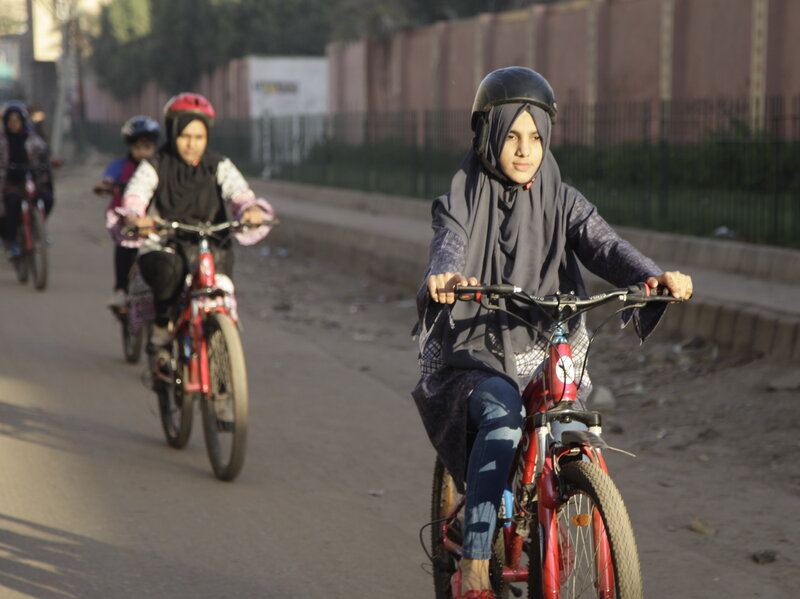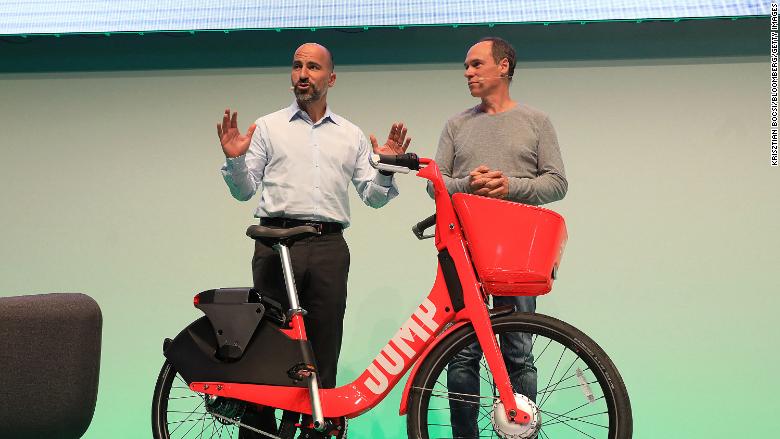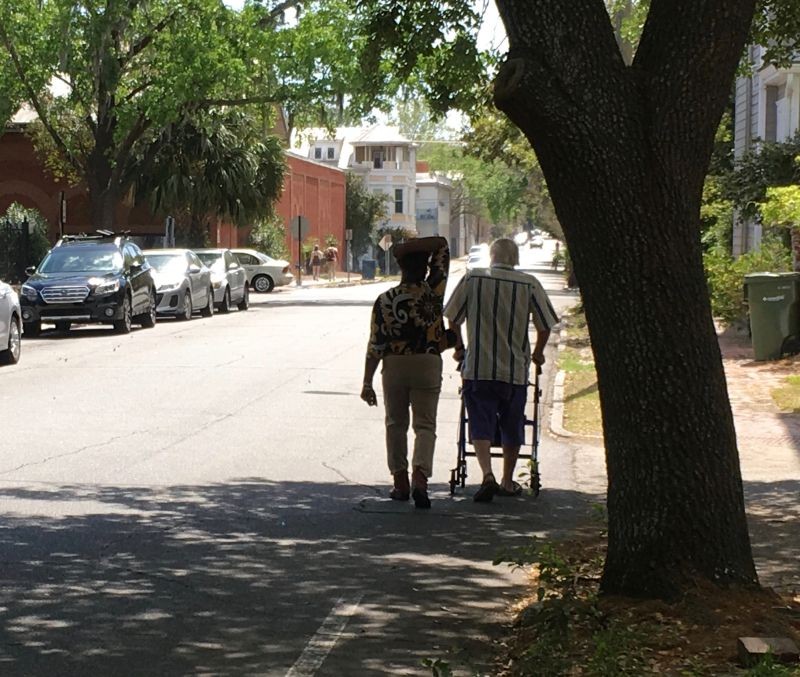Go to your local bike shop and ask for "Stylish".
Depending on the shop, you might be shown an elegant city bike or colorful jersey. But it's not likely that someone in the shop will answer to it.
That is, unless your shop is in Sierra Leone.
Well, Stylish's (I never thought I'd use a possessive form of that word!) workplace isn't exactly a bike shop. But it does connect people with bikes. To be exact, he's the country manager for Village Bicycle Project, a US-based charity that focuses on sustainable transportation in Africa.
He has a workshop where he fixes bikes, and he does workshops in which he teaches people--particularly women and girls--how to ride bikes. In his country, and others, women aren't taught how to ride because of notions that we can lose our virginity to a bicycle saddle. (Hmm...I guess it's a good thing I learned how to ride when I was still male!) This not only robs them of the joy of cycling, it also limits their freedom and time they have to themselves, as they are often balancing family duties with outside work and/or school. Having a bicycle increases their mobility, and options.
In addition to his bicycle-related work, Stylish has also, for the past six years, run a feeding program in the town of Lunsar. In August, torrential rains make it impossible to harvest crops and a lot of people go hungry. Last year, during that month, he provided meals for 80 neighborhood kids; in return, they had to attend English and Math lessons. "I don't want to just create another thing where I am giving and they are taking," he explains. This project, he says, is funded entirely by donations from people he has met personally, both in Sierra Leone and abroad.
With all he does, is it any wonder that 26-year-old Stylish has won his country's Young Philanthropist of the Year award?
Although he was given the award as Abdul Karim Karama, the name he was given at birth, if you ever go to Sierra Leone, don't ask for him by that name. Remember, he's Stylish.
Depending on the shop, you might be shown an elegant city bike or colorful jersey. But it's not likely that someone in the shop will answer to it.
That is, unless your shop is in Sierra Leone.
Well, Stylish's (I never thought I'd use a possessive form of that word!) workplace isn't exactly a bike shop. But it does connect people with bikes. To be exact, he's the country manager for Village Bicycle Project, a US-based charity that focuses on sustainable transportation in Africa.
 |
| Stylish. Photo by Tom Owen |
He has a workshop where he fixes bikes, and he does workshops in which he teaches people--particularly women and girls--how to ride bikes. In his country, and others, women aren't taught how to ride because of notions that we can lose our virginity to a bicycle saddle. (Hmm...I guess it's a good thing I learned how to ride when I was still male!) This not only robs them of the joy of cycling, it also limits their freedom and time they have to themselves, as they are often balancing family duties with outside work and/or school. Having a bicycle increases their mobility, and options.
In addition to his bicycle-related work, Stylish has also, for the past six years, run a feeding program in the town of Lunsar. In August, torrential rains make it impossible to harvest crops and a lot of people go hungry. Last year, during that month, he provided meals for 80 neighborhood kids; in return, they had to attend English and Math lessons. "I don't want to just create another thing where I am giving and they are taking," he explains. This project, he says, is funded entirely by donations from people he has met personally, both in Sierra Leone and abroad.
With all he does, is it any wonder that 26-year-old Stylish has won his country's Young Philanthropist of the Year award?
Although he was given the award as Abdul Karim Karama, the name he was given at birth, if you ever go to Sierra Leone, don't ask for him by that name. Remember, he's Stylish.
















